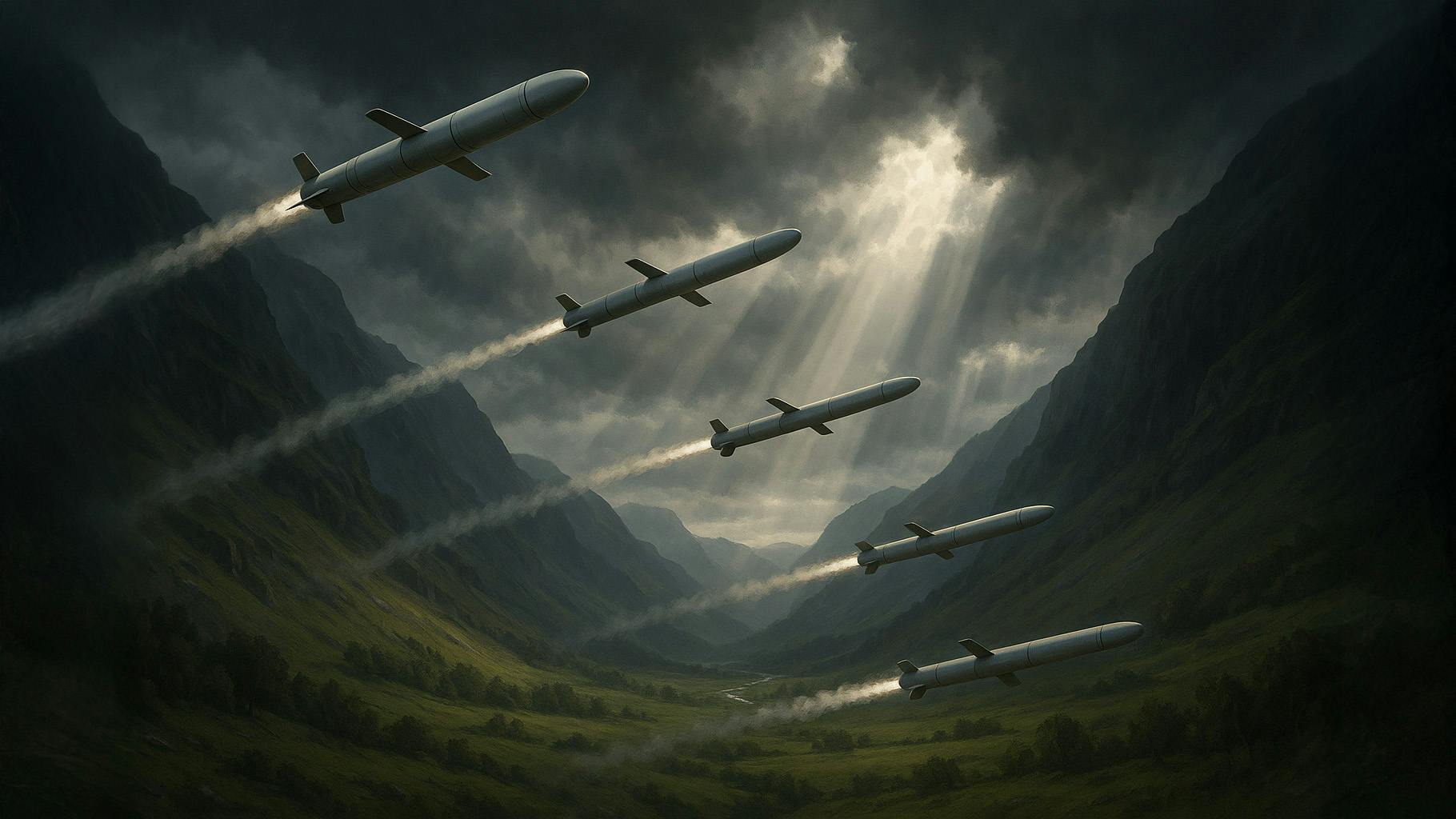Speaking before the House of Commons Defence Committee, Admiral Radakin described the acquisition as a critical step in increasing the UK’s conventional lethality and reinforcing deterrence at a time of growing global instability.
“We are not as lethal as we want to be,” he told MPs. “If you go up the scale, you get to Storm Shadow and Tomahawk, and then you have a big leap before you get to a nuclear weapon.”
“If you are in a position like mine and you are trying to advise the Prime Minister, you want to have as many rungs on the ladder as possible before you get to the nuclear rung. The ability to have at least 7,000 cruise missiles and to launch them is on a different scale to what we currently have.”
Radakin described the cruise missile expansion as a “crystallised example” of practical changes needed “very quickly” under the Government’s defence reform plans.
Pressed by Labour MP Derek Twigg on which aspects of the Strategic Defence Review would make the most practical difference on the ground, Radakin singled out the cruise missile procurement as the top priority.
The Strategic Defence Review published earlier this year includes major shifts in UK force posture, missile stockpiles, and command structures. These reforms are intended to meet the challenges posed by near-peer adversaries such as Russia and emerging threats in the Indo-Pacific.
In a later exchange, Labour MP Fred Thomas asked Radakin whether the UK’s NATO-first posture could relieve some of the pressure on a stretched armed forces. He cited high levels of commitment across multiple theatres and longstanding issues with retention.
Radakin acknowledged these pressures but said that restructuring how exercises are delivered could offer some relief.
“There are not many things that we are going to stop doing. We will make some adjustments. For some of the smaller unit-level exercises, we will try to push those together to be part of bigger NATO exercises,” he said.
He pointed to recent large-scale activities such as Steadfast Dart and Steadfast Defender, which involved 16,000 personnel, as examples of how the Army is scaling operations while aligning with NATO’s deterrence posture.
However, he admitted that operational planning had too often failed to give personnel predictable deployments or recovery periods.
“The piece for me is when we did not give you notice that you might be going away again or promised that you would come back from deployment and would have four months to recover. We need to get those right and maybe deny some opportunities, but get a bit of a steadier approach. It feels like we have to do that.”
The 7,000 cruise missiles are expected to include new UK-manufactured long-range strike systems as well as expanded stocks of existing missiles such as Storm Shadow and Tomahawk. Further announcements on delivery timelines and integration with Royal Navy and Royal Air Force platforms are expected later this year.
